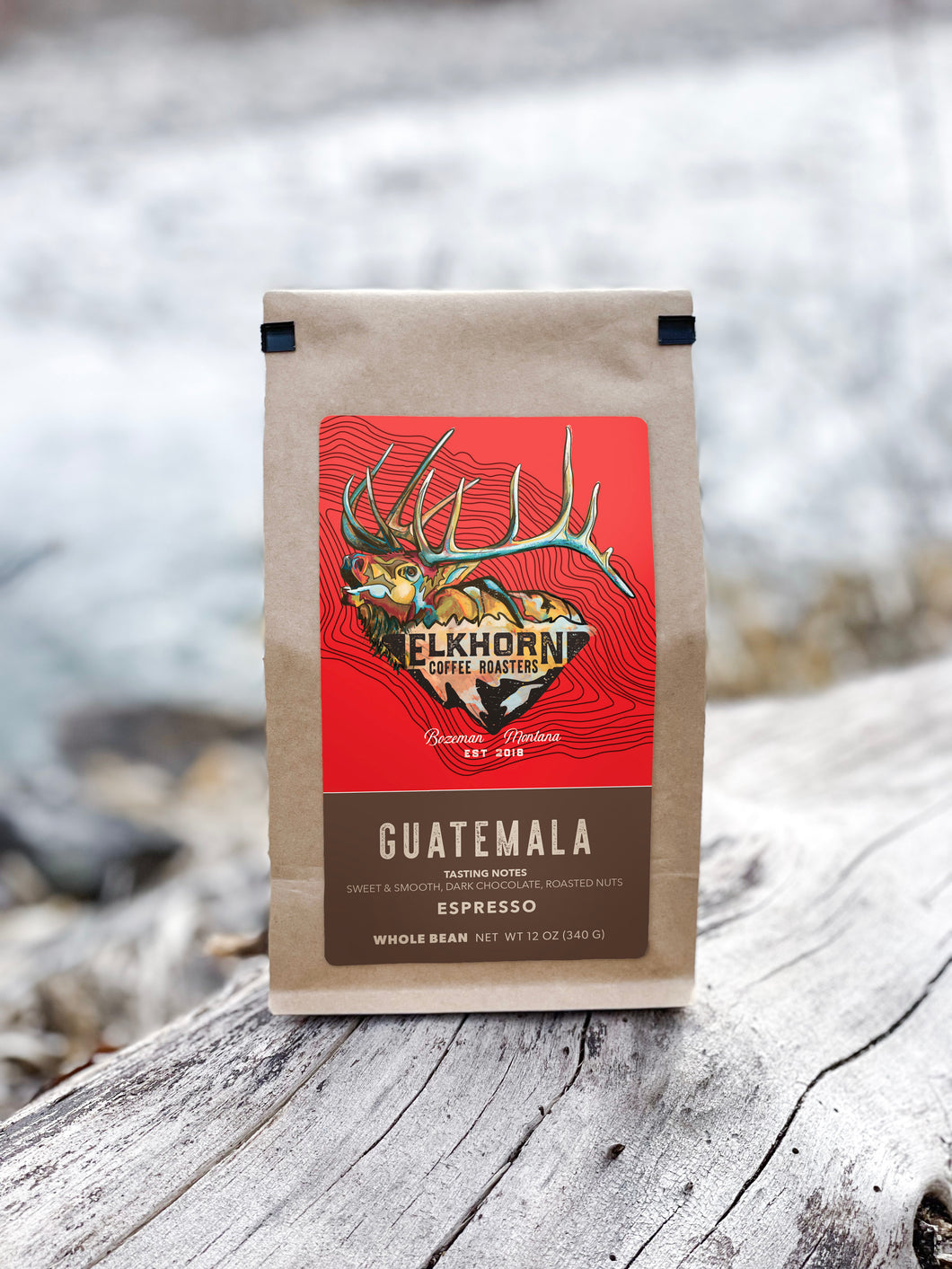SOE Single Origin Espresso – Showcasing Flavors from One Region
SOE Single Origin Espresso – Showcasing Flavors from One Region
Blog Article
Comprehending Coffee Beans: the Journey From Espresso to Blended Coffee Beans

The Origins of Coffee: A Global Viewpoint
While you might believe of coffee as a contemporary staple, its origins map back centuries, linking with cultures throughout the globe. The story starts in Ethiopia, where legend states a goat herdsman named Kaldi uncovered the energizing effects of coffee beans after observing his goats romping energetically after consuming them.
As profession courses broadened, coffee made its way to Europe in the 17th century, swiftly obtaining popularity. Each culture included its one-of-a-kind twist to coffee prep work, improving its background.
Growing and Harvesting of Coffee Beans
As coffee's trip evolved, the focus changed to the cultivation and harvesting of specific bean selections, particularly those utilized for espresso. You'll find that coffee beans often come from Arabica or Robusta plants, each offering distinct tastes. The excellent expanding conditions consist of high altitudes and rich, well-drained dirt, which boost the beans' top quality.
Throughout the harvest, choosing techniques vary. In some areas, employees hand-pick ripe cherries, ensuring only the most effective fruit mosts likely to processing. In various other areas, mechanical harvesters are utilized, especially on bigger farms. When the cherries get to peak perfection for optimum taste., timing is crucial; you want to harvest.
When harvested, the beans are prepared for processing, which is necessary in determining their final taste. Understanding the farming and collecting processes offers you understanding right into what goes into your favored coffee, enhancing your gratitude for each and every cup.
Processing Approaches: From Cherry to Bean
Now that you have actually found out about gathering espresso beans, let's check out just how those cherries transform into the coffee beans you enjoy. You'll see just how various harvesting techniques impact flavor, complied with by the important actions of fermentation and drying. We'll break down the milling and grading process that identifies your coffee's top quality.
Harvesting Methods Explained
When it comes to coffee, comprehending harvesting strategies is crucial, given that they directly affect the taste and top quality of the beans you enjoy. Selective picking entails hand-picking only ripe cherries, guaranteeing you obtain the finest top quality beans. Inevitably, the choice of harvesting method can greatly influence your coffee experience, so it's worth understanding exactly how those beans made it to your mug.
Fermentation and Drying Out
After gathering, the following action in processing coffee beans play a considerable role in shaping their flavor. You'll find that fermentation is essential, as it aids damage down the mucilage bordering the beans, boosting their preference profile. Depending on the approach, this process can last from a few hours to a number of days, with differing outcomes based upon temperature and moisture.
Sun-drying permits the beans to take in tastes from the atmosphere, while mechanical drying guarantees consistent wetness levels no matter of climate. Correct drying is necessary to protect against mold and mildew and protect the beans' top quality, eventually influencing your cup of coffee.
Milling and Grading Process
As fermentation and drying set the phase for taste advancement, the milling and grading process warranties that just the most effective coffee beans make it to your cup. This stage includes getting rid of the outer layers of the coffee cherry, consisting of the parchment and husk. After milling, the beans are arranged by dimension and weight, ensuring an uniform top quality. You'll discover that grading assists determine problems and classify beans, which affects taste and aroma. Top quality beans obtain a greater quality, leading to a richer coffee experience. When graded, the beans await product packaging and shipping, preserving their distinct characteristics. This careful procedure is vital for supplying the phenomenal taste you appreciate in every sip of your favored brew.
Toasting Methods: Unlocking Flavor Prospective
When you roast coffee beans, the technique you choose can considerably impact the flavor account. Understanding the connection in between time, temperature, and roasting techniques is vital to exposing the potential of your mixture. Allow's check out exactly how these components integrated to create the ideal mug.
Toasting Techniques Clarified
While you might assume that all coffee toasting methods yield the same outcomes, the truth is that each strategy discloses special taste possibilities in the beans. You can select in between techniques like drum toasting, air roasting, and even typical frying pan roasting. Drum toasting uses a turning drum to equally disperse heat, enhancing caramelization and you can try these out producing a balanced flavor. Air roasting, on the other hand, circulates hot air around the beans, promoting a lighter roast with pronounced acidity. Frying pan toasting enables hands-on control however calls for continuous focus to stay clear of burning. Each approach has its nuances, so trying out with various techniques can assist you discover the best roast that straightens with your preference choices. Take pleasure in the trip of locating your excellent cup!

Influence On Taste Account
Various roasting methods not just affect the procedure but likewise substantially affect the flavor account of the coffee beans. Dark roasts, on the various other hand, bring out strong, smoky tastes, occasionally concealing the bean's one-of-a-kind features. Understanding these subtleties aids you appreciate the virtuosity behind your cup of coffee, improving your total experience with every sip.
Time and Temperature Elements
To release the full flavor capacity of coffee beans, both time and temperature during the toasting procedure play substantial roles. When roasting, you'll discover that greater temperatures can quickly establish tastes, yet if you hurry it, you might wind up with charred notes. Conversely, reduced temperatures enable a more progressive flavor growth, showcasing the beans' unique features.

Timing is equally as important; expanding the roast too long can cause a loss of acidity and brightness, while too short a roast may leave the beans underdeveloped. Locating that pleasant spot requires practice and trial and error. By adjusting these elements, you can reveal the abundant, complicated flavors hidden within each bean, producing a really exceptional coffee experience.
The Art of Blending: Crafting Distinct Coffee Profiles

Start by selecting a base coffee that gives a solid structure. An intense Ethiopian bean check my blog can bring fruitiness, while an abundant Brazilian coffee includes body.
As you mix, maintain in mind that each mix tells a tale. You're not just making coffee; you're producing an experience. So, take your time, preference regularly, and delight in the journey of finding your signature blend.
Developing Approaches: How Prep Work Influences Taste
Blending coffee opens up a domain name of flavor possibilities, but exactly how you brew that blend can significantly affect your last mug. Various developing techniques draw out unique flavors and fragrances, so it's essential to pick wisely. A French press enables sediments and oils to stay, producing an abundant, robust experience. On the other hand, a pour-over highlights the coffee's clearness and brightness, best for showcasing fragile notes.
Espresso, with its high pressure, generates a focused shot that emphasizes sweet taste and crema. If you like a lighter mixture, consider a cold mixture method; it produces a smooth, less acidic preference.
Inevitably, trial and error is essential. Adjusting variables like water temperature, grind dimension, and brew time can change your coffee's profile. So, accept the art of brewing to discover the flavors concealed in your coffee blends. The right approach can boost your experience to new elevations.
The Future of Coffee: Sustainability and Advancement
As the coffee industry evolves, sustainability and innovation are ending up being necessary for dealing with ecological difficulties and meeting consumer needs. You'll discover that even more coffee firms are adopting green methods, from sourcing beans morally to carrying out lasting farming strategies. These shifts not just assist the earth but additionally enhance the high quality of the coffee you enjoy.
You might see developments like eco-friendly packaging and water-saving developing approaches that lower waste. Advanced technology, such as blockchain, is likewise becoming popular, making certain openness click to investigate in the supply chain, which allows you to trace your coffee back to its beginnings.
Furthermore, purchasing regional areas and supporting farmers through reasonable trade initiatives fosters a much more sustainable coffee community. As you sip your next cup, bear in mind that your selections can add to a brighter future for coffee. By selecting sustainable brand names, you're not simply taking pleasure in a drink; you're making a favorable influence on the globe.
Regularly Asked Inquiries
What Is the Distinction Between Arabica and Robusta Beans?
Arabica beans are smoother, sweeter, and have a higher acidity, while robusta beans are more powerful, extra bitter, and have more caffeine. When brewing your coffee., you'll discover these differences in flavor and scent.
Exactly How Does Altitude Affect Coffee Bean Flavor?
Altitude influences coffee bean taste considerably. Greater elevations create beans with brighter level of acidity and complicated tastes, while reduced altitudes typically generate beans that are larger and much less nuanced. You'll see these distinctions in your mug!
What Are the Wellness Benefits of Drinking Coffee?
Consuming alcohol coffee can increase your energy, boost mental emphasis, and also improve physical performance. It's rich in anti-oxidants, might reduce the threat of particular diseases, and can advertise a healthier metabolic process when eaten in small amounts.
Can Coffee Beans Be Reused for Developing?
Yes, you can reuse coffee beans for brewing, but the taste could be weak. If you take pleasure in trying out, try recycling them in various ways, like cold brews or including in smoothies for an additional kick.
Just how Should I Shop Coffee Beans for Freshness?
To keep your coffee beans fresh, store them in an airtight container in a trendy, dark area. Avoid revealing them to warmth, dampness, or light, as these elements can rapidly weaken their flavor and scent.
Understanding Coffee Beans: the Journey From Coffee to Blended Coffee Beans.
Currently that you've found out about collecting espresso beans, allow's check out just how those cherries change into the coffee beans you like.When you roast coffee beans, the technique you pick can significantly affect the flavor profile - Single Origin Espresso.While you might think that all coffee toasting approaches generate the same outcomes, the fact is that each technique discloses distinct flavor capacities in the beans.Different roasting methods not only influence the procedure yet likewise substantially influence the flavor account of the coffee beans
Report this page